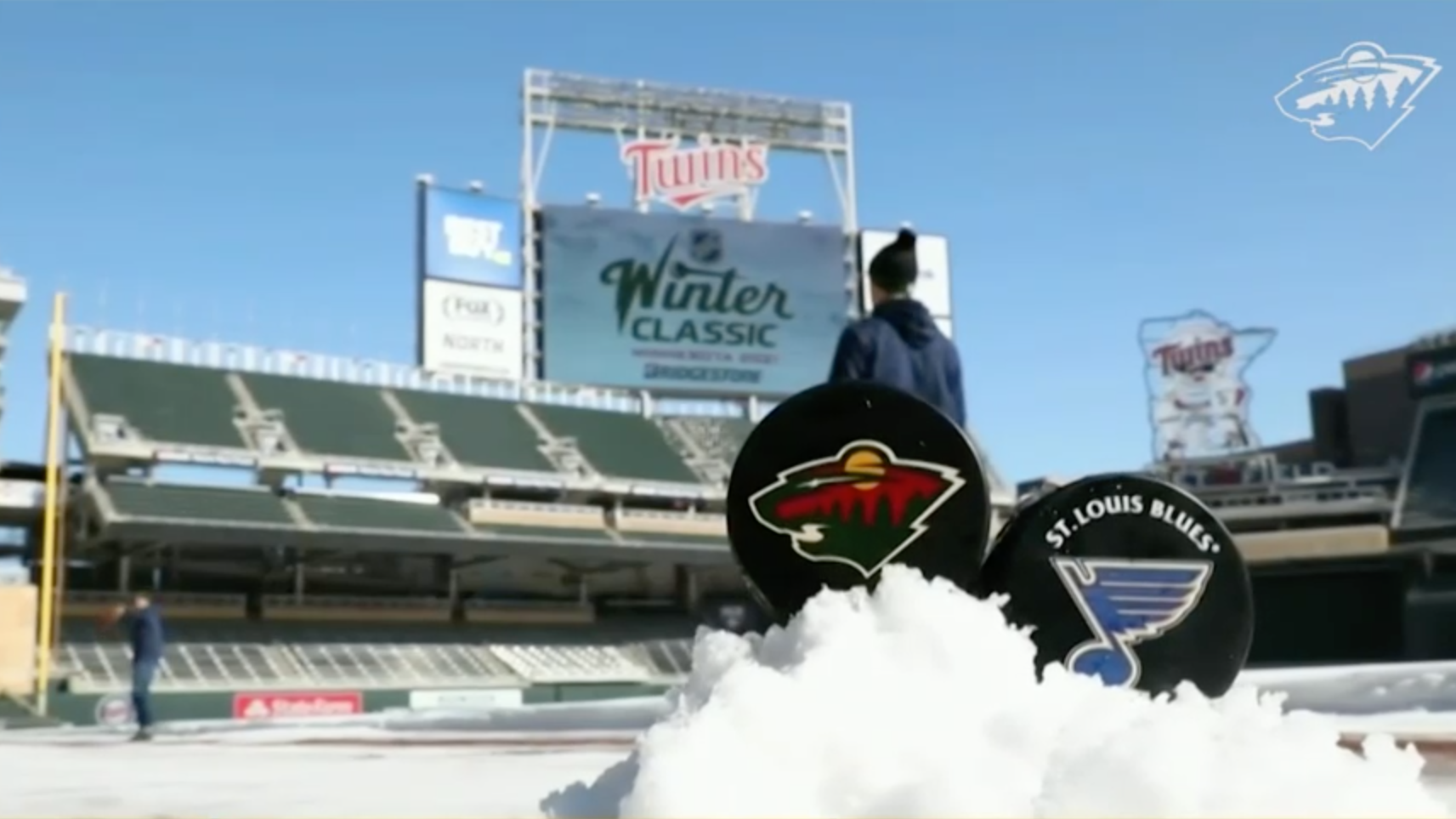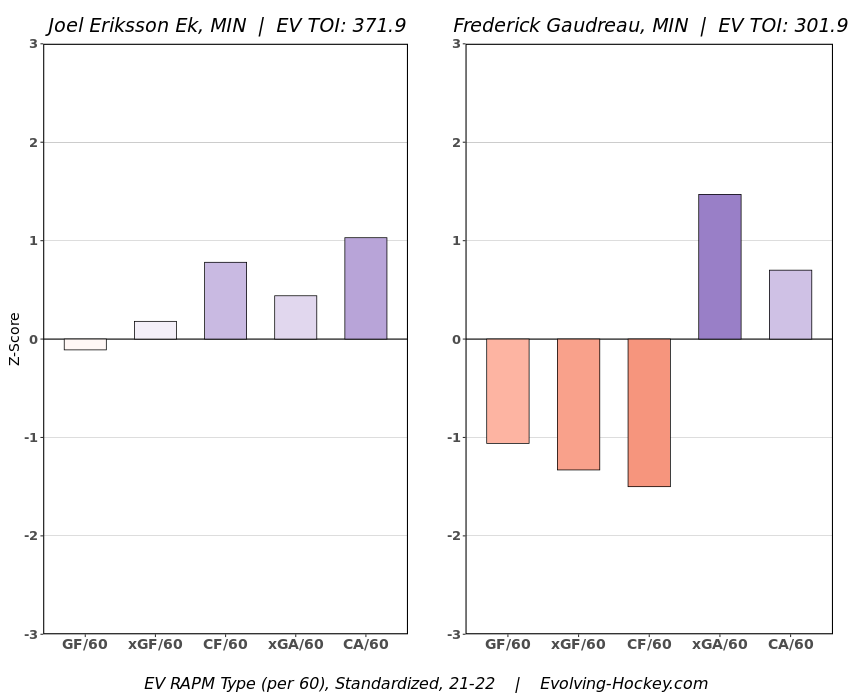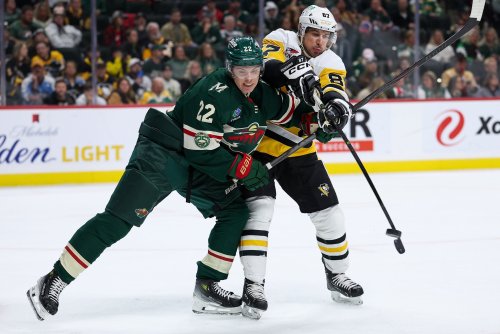
To say the last two NHL seasons have been challenging would be an understatement. All Kirill Kaprizov knows about life in the National Hockey League is tumult and turbulence as they've scrambled to figure how to handle the pandemic. Last week, the NHL decided to postpone most games heading into and out of the Christmas Break as infections among players and staff rose uncontrollably. The Minnesota Wild's last action was last Monday night’s 7-4 loss to the Dallas Stars.
Some folks ask, “Why are they testing fully vaccinated players?” Yes, the league’s COVID protocols are starting to disrupt the integrity of the season itself. Yes, NHL players are incredibly fit and well-conditioned. They are unlikely to come down with acute severe illness from the virus. But if the current protocols allow team doctors to isolate positive players before spreading it to the rest of the team or flag them for further testing, then it's the right thing to do.
After all, the Minnesota Wild have seen the benefit of that extra testing for itself. Marco Rossi is the NHL's primary example of complications after developing myocarditis following a COVID infection in Austria. This happened after exhibiting mild symptoms when he initially caught the virus. Former goaltender Alex Stalock developed the same condition and missed the entire 2021-22 season. Stalock doesn’t have the advantage of being a 19-year-old kid with what looks like a whole promising career ahead of him. At 34 years old, he may never play in the NHL again.
That’s what’s at stake for these players. It's not just about the low possibility of severe illness or death from COVID itself. If the players develop any complications, it could mean their careers and livelihood. That’s why this pause in the season needed to happen.
Unfortunately for the Wild, it means they won’t have a game until they face the St. Louis Blues al fresco for the Winter Classic. Today was supposed to be Minnesota's return to action against the Winnipeg Jets, the only tune-up on the schedule before the big day on Jan. 1st. They would've had a chance to right the ship after suffering four losses in a row for the first time in Dean Evason’s tenure.
Furthermore, it would allow the Wild to see how their new lines and pairs work out in game situations. Now that Joel Eriksson Ek is out long-term with an upper-body injury, Minnesota desperately needs to find a way to plug the massive hole at the top of the lineup. During Sunday’s first practice day since the break, Minnesota inserted Frederick Gaudreau next to Marcus Foligno and Kevin Fiala. Gaudreau might be a center that can step in and replace Eriksson Ek’s defense, but Dean Evason hasn't deployed Gaudreau against the other team’s top lines like Eriksson Ek. However, there’s just no replacing Eriksson Ek’s offense.
[caption id=attachment_113876" align="aligncenter" width="850] Courtesy of Evolving-Hockey.com[/caption]
Courtesy of Evolving-Hockey.com[/caption]
Eriksson Ek has been able to work his toil against the best the opposition has to offer. Not to mention, he’s been the best center Fiala has had this season. Perhaps Rossi gets a call-up to take that role. However, according to Evason, we’ll have to wait until Iowa has their game on the 29th before a potential call-up is made.
Then there’s the debate of rest or rust when the team is laid off for this long. The only comparable was last season when the Wild were shut down mid-season for 13 days after COVID ran through the locker room. Minnesota returned to action against the Los Angeles Kings and was summarily handled, 4-0.
The Wild looked like they didn’t have their legs back for that game, and couldn’t control the puck in any meaningful way. They were out-chanced, out-shot, with only a late push in a brutal evening, making the expected goal portion of the game look close. It would be a shame because they've shown that they are not the Wild teams of old this year. They employ a much more exciting style of play. To have the same kind of slow and lackluster pace on the national stage of the Winter Classic would be a shame.
This kind of rest can really break up a team’s rhythm. Obviously, rest is better than no rest. But, according to MoreHockeyStats.com, teams get diminishing returns with three days of rest or more. This season, the Wild are at their best when they get two days in between games. Minnesota is tied with the Nashville Predators for third-best in the league in average points following a two-day rest with 1.667 points. While still solid this year, that number falls to 1.4 average points or 11th in the NHL in other situations.
Rest is a goofy thing for Cam Talbot. It’s not a surprise he holds a .932 save percentage on one day’s rest. He’s a typical workhorse goalie and thrives on regular play to settle into a routine. It’s not ideal for him to always do that as he gets older, but it makes sense. Add an extra day of rest in there, and his save percentage drops to 88.73%. At three or more days, it rises slightly to 91.39%. We won’t know how he’ll respond after 11 days of rest, and going into an outdoor environment where the sightlines are different.
The Winter Classic is a marquee regular-season event. It’s one where the NHL attempts to capture casual fans as the NFL season winds down. It’s a way to feature the game in all its pageantry and should be a nice coming-out spectacle for new TV partner TNT. Minnesota has been begging for the Winter Classic ever since its inception. Let's hope that COVID-19 doesn't also leave a lasting impression on it because the teams weren't optimized to showcase their best games in front of a national audience.
Think you could write a story like this? Hockey Wilderness wants you to develop your voice, find an audience, and we'll pay you to do it. Just fill out this form.







Recommended Comments
There are no comments to display.
Join the conversation
You can post now and register later. If you have an account, sign in now to post with your account.
Note: Your post will require moderator approval before it will be visible.